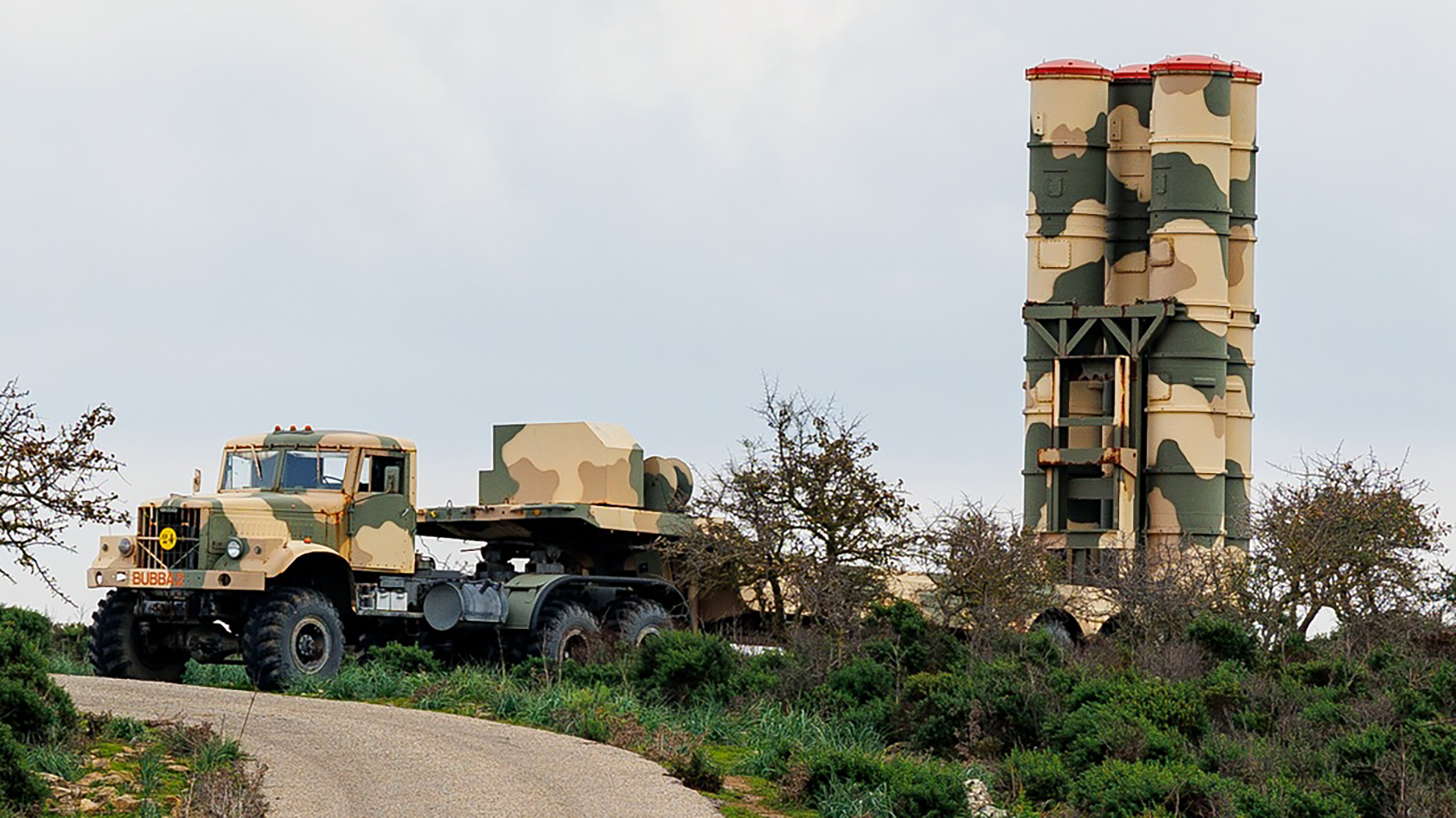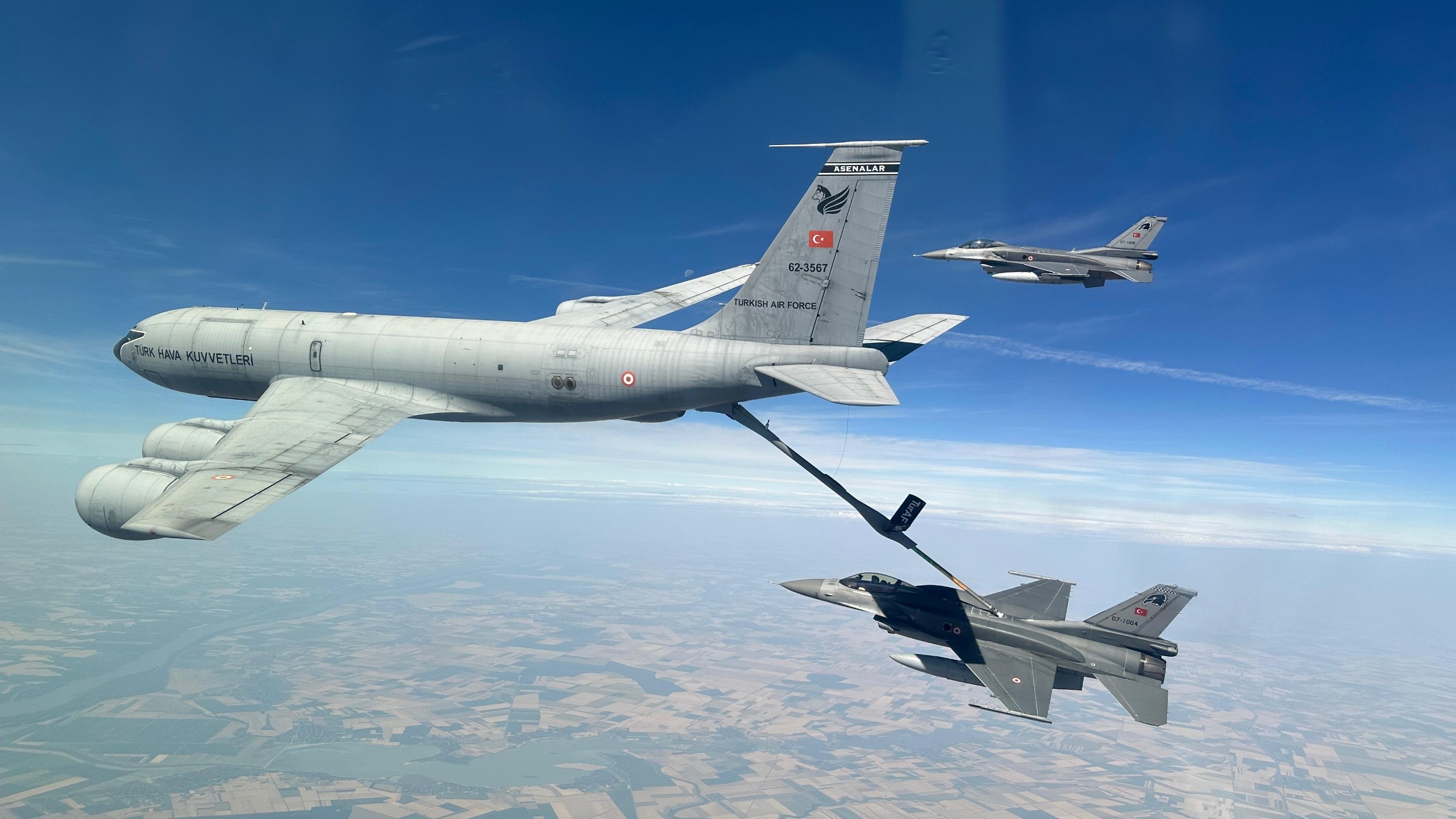Ukraine and the future of deception in war
If the U.S. military and its partners cannot master today’s emerging tools, they may fall behind in a critical field.

So the attackers turned to deception—to mask their plans, mislead the enemy commanders, and misdirect enemy resources. As troops moved into place under camouflage or cover stories, the enemy’s attention was steered elsewhere through trickery: false electronic chatter, thousands of multi-domain decoys that simulated soldiers and units where there were none. The effect was to simultaneously create and decrease ambiguity, and create cognitive overload, leading to both confusion and the confirmation of the enemy commander’s prior biases.
When the attack came, the enemy’s forces were out of position and their defenses unprepared.
The above could be a description of Operations Fortitude and Operation Bodyguard (aptly named for wrapping the truth in a bodyguard of lies), the effort to mislead the Germans about the timing and location of the D-Day invasion. The incredibly successful deception campaign used everything from radio signals to inflatable tanks to trick the Germans into preparing to defend Pas de Calais instead of Normandy. But it could also be a description of the Ukrainian attacks into Kursk in 2024, which used novel tools such as social-media misdirection as well as strategic misdirection about offensive capabilities and limitations.
A truth of both history and contemporary war is that deception operations can be the difference between success and failure. But, as our new report on what the battlefields of Ukraine tell us about the future of deception found, if the U.S. and its allies cannot harness the new technologies and trends of deception, they may fall behind a field they once mastered.
By way of deception, thou shalt do war
Proverbs 24:6, later repurposed as Mossad’s original motto, is a reminder of the enduring value of catching an enemy unawares, especially its leaders. The reason boils down to the cross between the complexity and fog of war and the desire of human nature to master and simplify decisions in it. As Martin van Crevald writes in Command in War, “The history of command in war consists essentially of an endless quest for certainty—certainty about the state and intentions of the enemy’s forces; certainty about the manifold factors that together constitute the environment in which the war is fought.”
The art and science of deception aims to warp that quest for certainty by an enemy commander to achieve friendly force objectives. Many of its principles are old: Magruder's Principle, which alludes to Confederate Gen. John B. Magruder’s trickery during the 1862 Peninsula campaign, tells us that preconceptions can be exploited. Jones' Lemma, named for a leading figure among Winston Churchill's WWII "boffins," holds that the greater the number of controlled channels of information, the greater the likelihood of the deception being believed.
But the tools of deception are multiplying due to new technologies. Artificial intelligence, uncrewed systems, commercial sensing and networks, additive manufacturing, advanced materials, and quantum computing are creating new ways to reach and mislead one’s foes.
These technologies are also driving important trends on the modern battlefield, evident in Ukraine and the Middle East, including democratized battlespace awareness and the signature battle; new era mass and mobilization; cheaper and more precise deep-strike capacity; strategic influence and cognitive-warfare activities; ubiquitous air, sea, and land uncrewed systems and human-machine integration; and a faster, more integrated adaptation cycle. Each of these must guide how the U.S. and its allies rethink their force structures, acquisitions, and doctrine. Each of these trends are also driving an evolution in the planning and execution of military deception activities. For instance, swarms of cheap small drones both make it harder to hide on the battlefield, but also easier to make false forces seemingly appear out of nowhere
The challenge for us is not just one of change. While the D-Day anniversary reminds of how we were once the masters of these operations, an honest appraisal must conclude that allied doctrine, investment, training and practice during operations in this area now lags that of our adversaries. Our manuals and research too often give deception and counter-deception the bumper-sticker treatment, citing how deception and counter-deception is important, but rarely penetrating further into the actual planning and execution of it in operations.
In contrast, Russian and Chinese doctrine emphasize deception. The former’s deception activities are famously encapsulated in the concept of maskirovka, the Russian term for "disguise" or "camouflage”. And while there is a cultural cliche of thinking Sun Tzu informs all Chinese planning, the centrality of deception and cognitive warfare is indeed embedded in contemporary PLA doctrine.
The combination of these changing technologies, new battlefield trends, and comparative levels of focus and planning risks creating a gap in capacity for military deception between countries like China and Russia on one side, and the forces of the U.S. and its allies on the other. And like the perfect target of deception, that gap will be exploited.
America and its allies must rebuild this too-often-undervalued area of military expertise, creativity and capability, so that we will be better able to counter the certain enemy deception campaigns of the future, and be better equipped to deceive our own foes about our strengths, dispositions and intentions.
To do this, military organizations of democracies must undertake systemic and broad learning and adaptation to degrade adversary use of deception against friendly forces and to improve their own planning, conduct, measurement and adaptation of military deception. Capability areas that require particular attention include updates and adjustments of command and leadership training; equipment and technology; and doctrine, to better bring in the age-old lessons of deception and its new possibilities.
All wars are learning labs of a sort. We should therefore be paying attention to the lessons that can be drawn from conflicts like Ukraine. Attention must also be given to the insights on military deception being drawn from modern war by our potential future foes.
Deception campaigns from antiquity to D-Day to Ukraine show that one of the most effective ways to deceive humans is to have them engage in self-deception. As the Army historian Conrad Crane has written, “It is easier to deceive us than most of our enemies.”
We should not deceive ourselves into thinking that we are ready for the deception campaigns of the future.
Mick Ryan is a retired major general in the Australian Army and author of White Sun War.
Peter W. Singer is Strategist at New America and Managing Partner at Useful Fiction. They are the co-authors of the new report: “The Future of Deception in War: Lessons from Ukraine.”
This publication was funded in part by the Russia Strategic Initiative, U.S. European Command. The views expressed in this publication do not necessarily represent the views of the Department of Defense or the United States government. ]]>





















































































![The F-35’s future: Can the fifth-gen fighter withstand political, technological headwinds? [Video]](https://breakingdefense.com/wp-content/uploads/sites/3/2024/04/240401_f35_clouds_8270083-scaled-e1711999276822.jpg?#)

































































